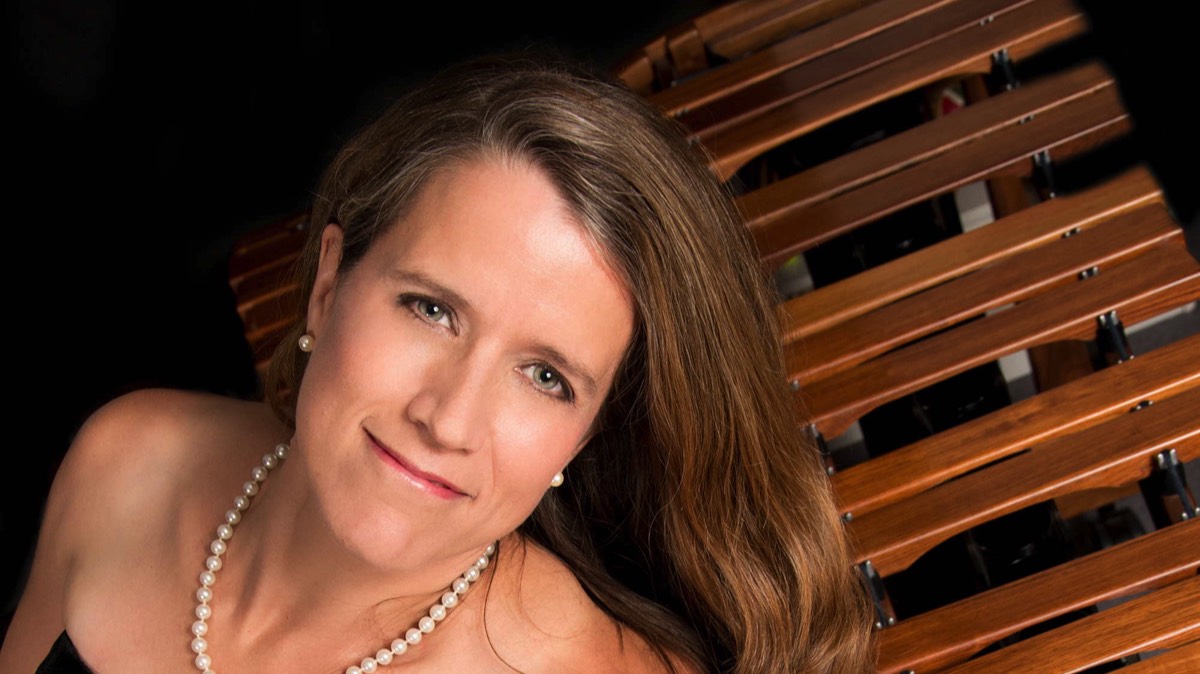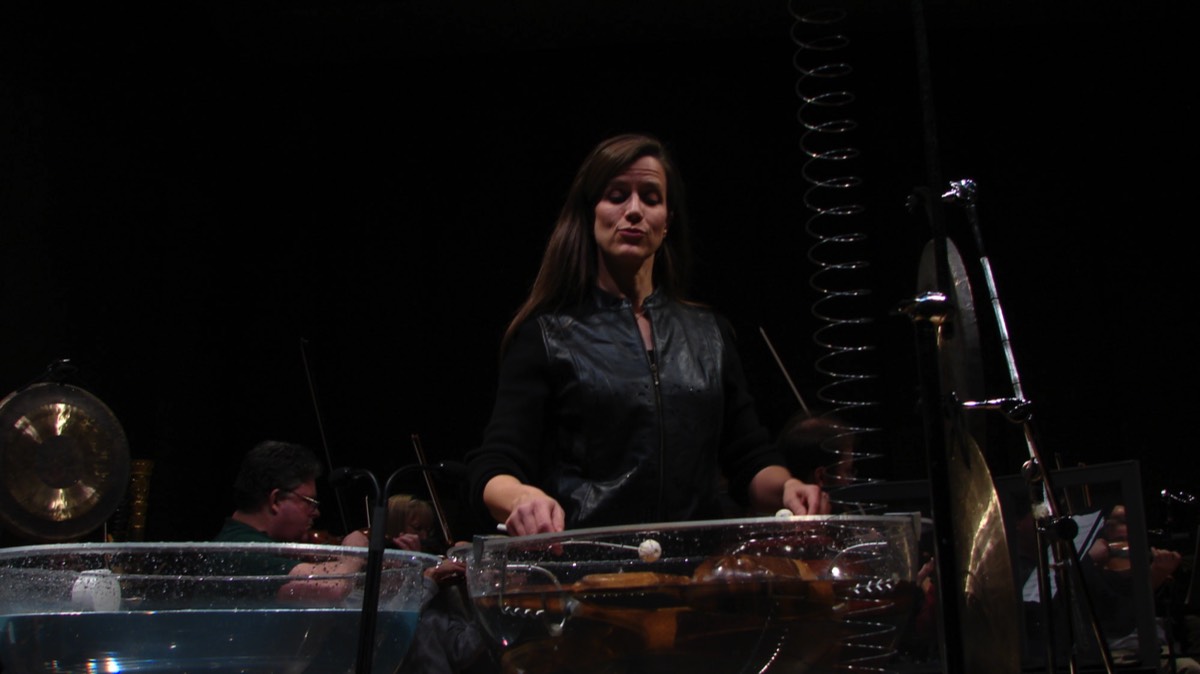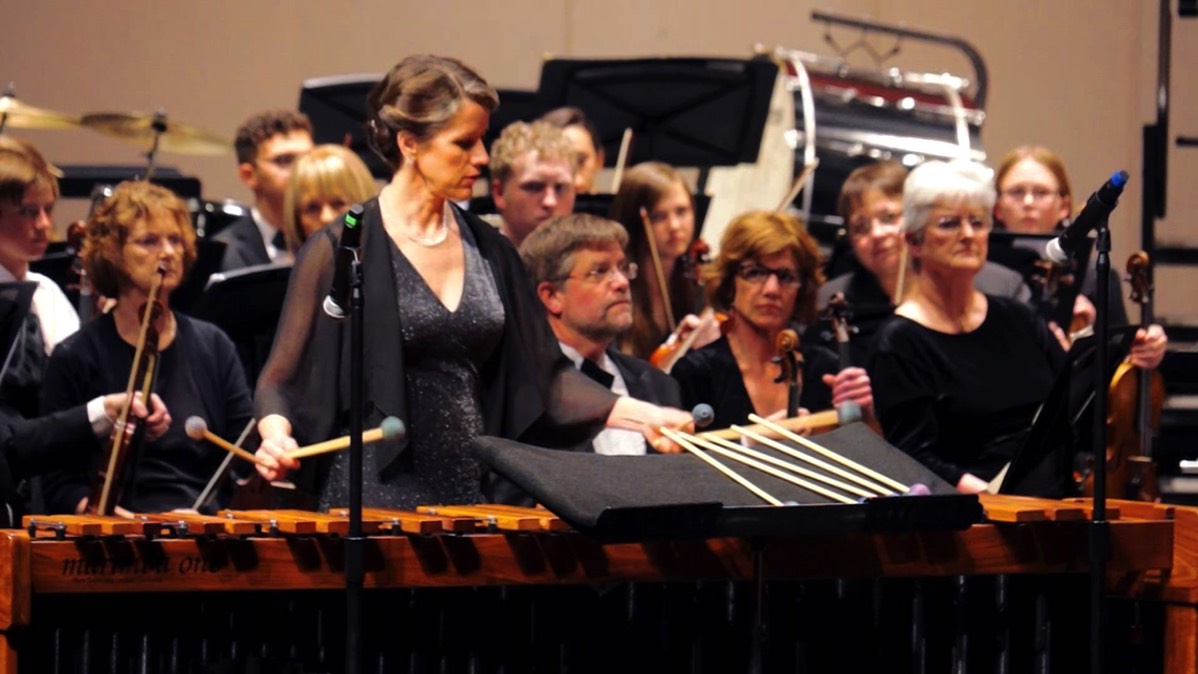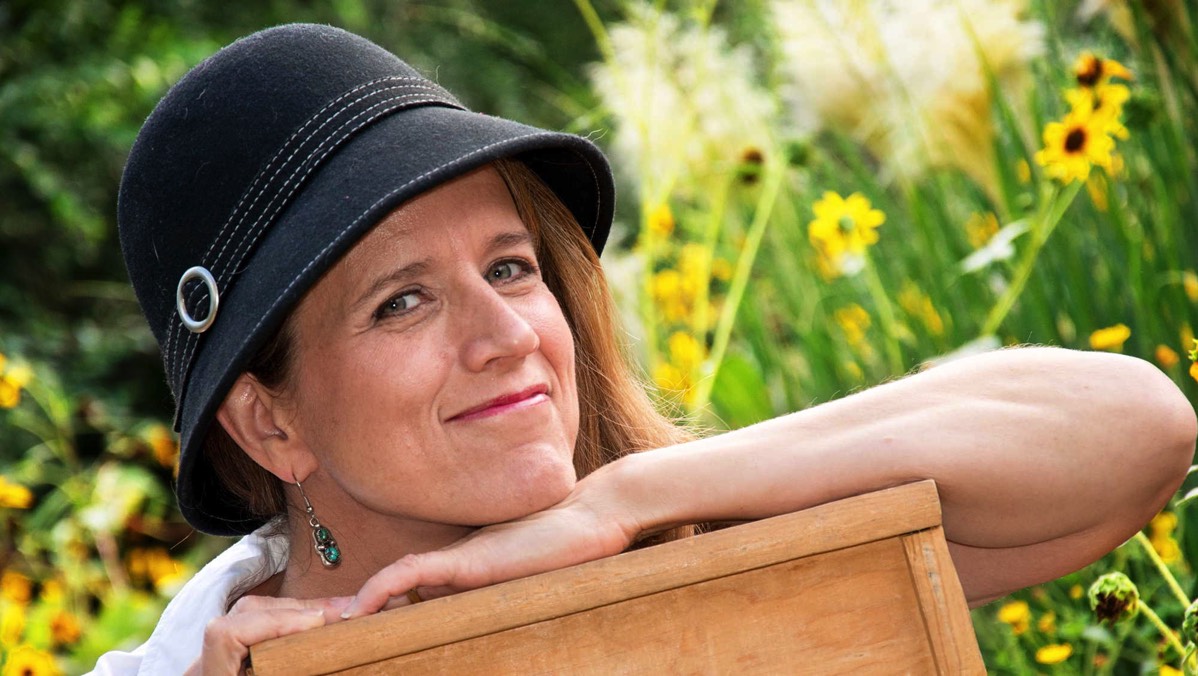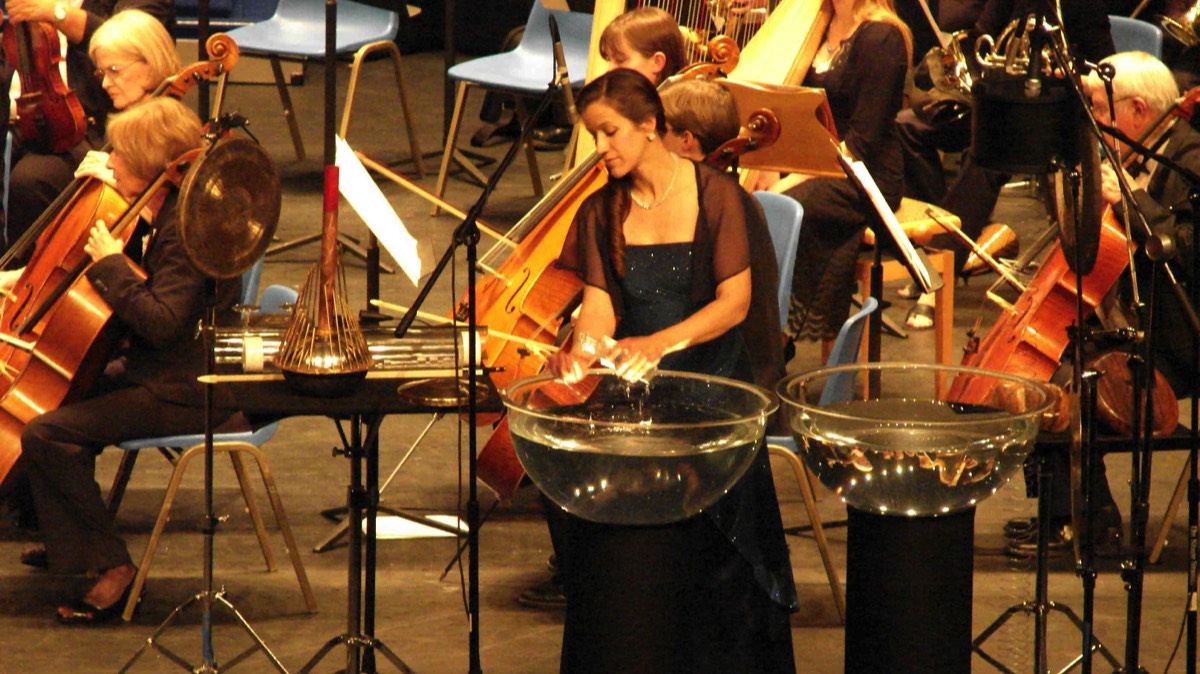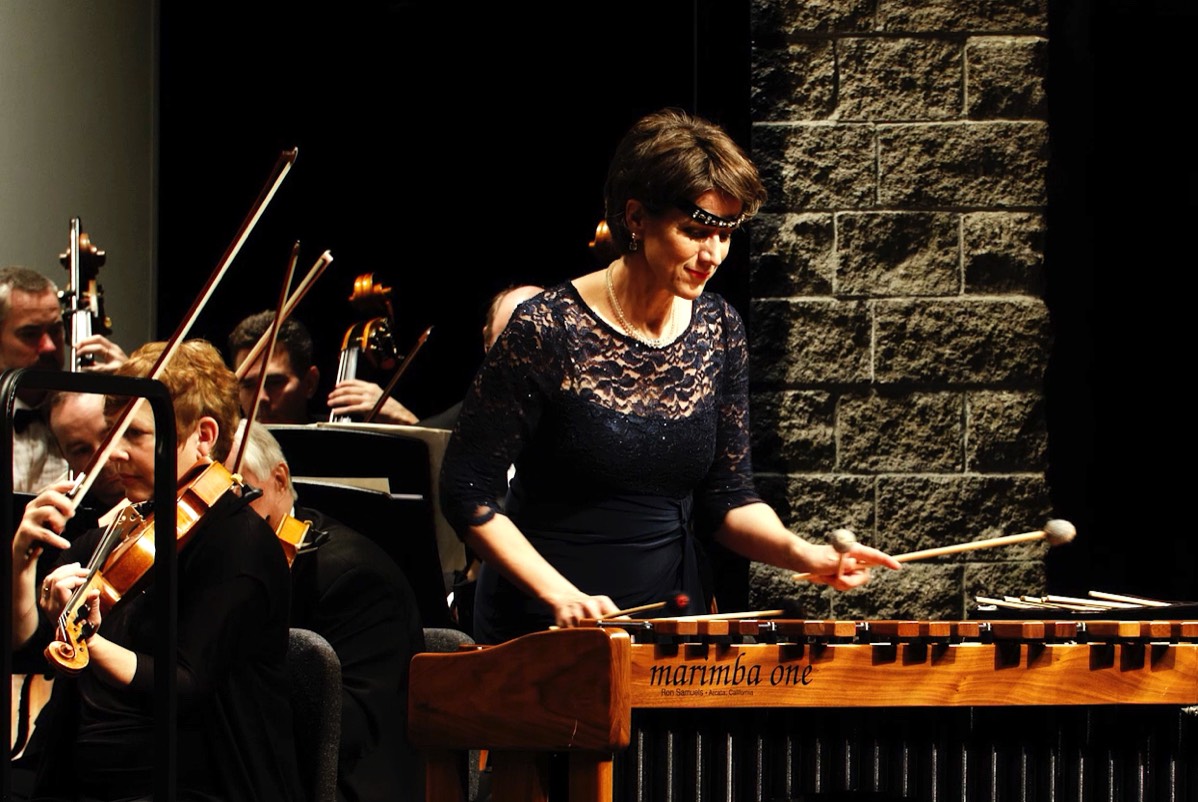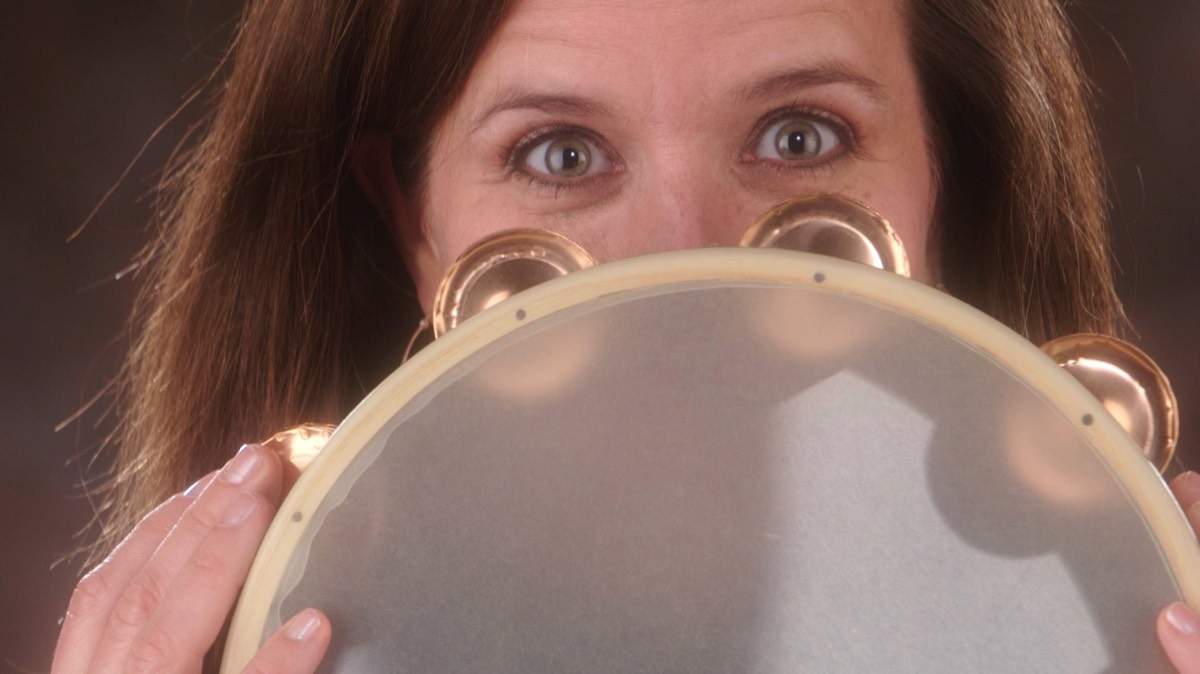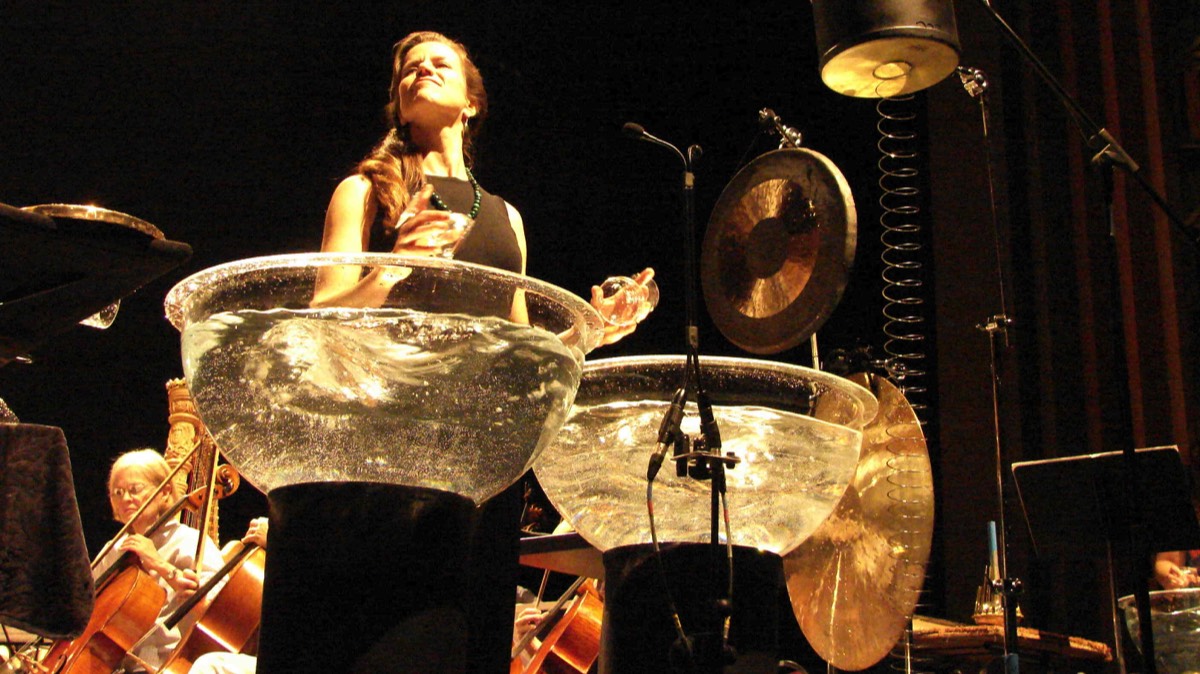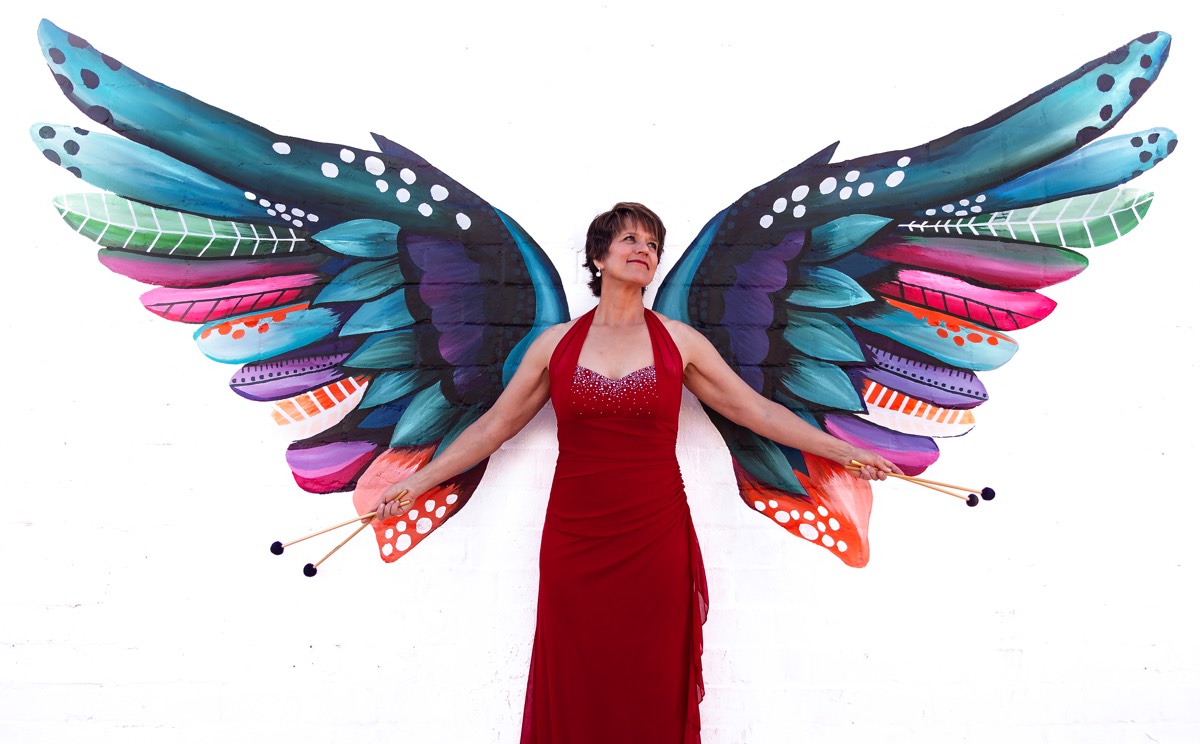Bookings
(928) 533-3525
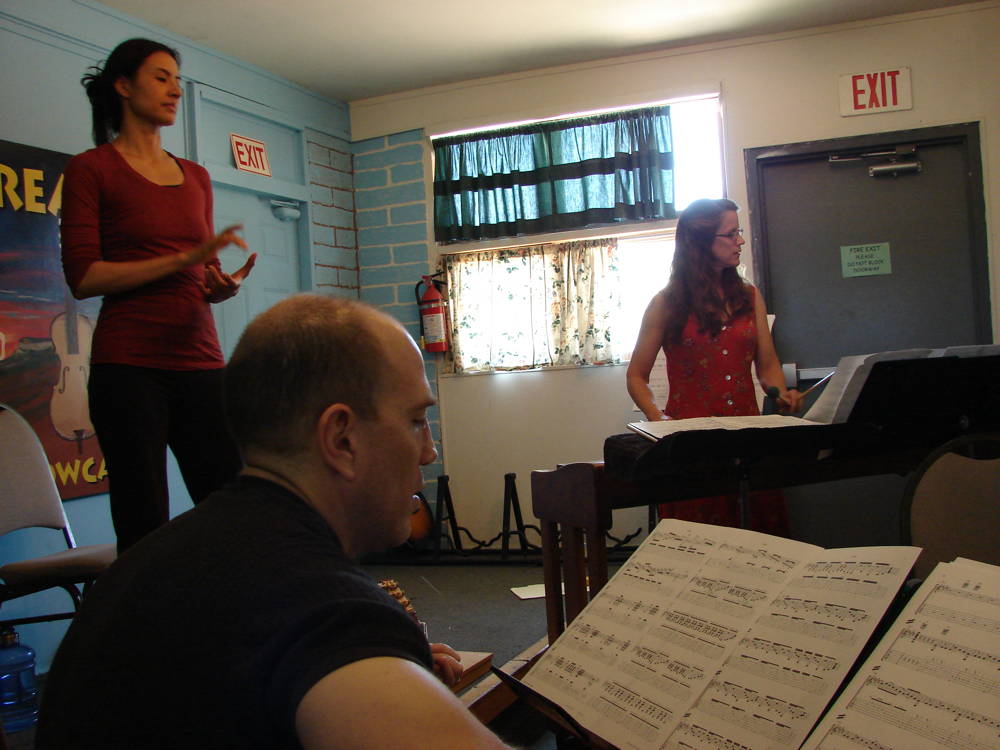
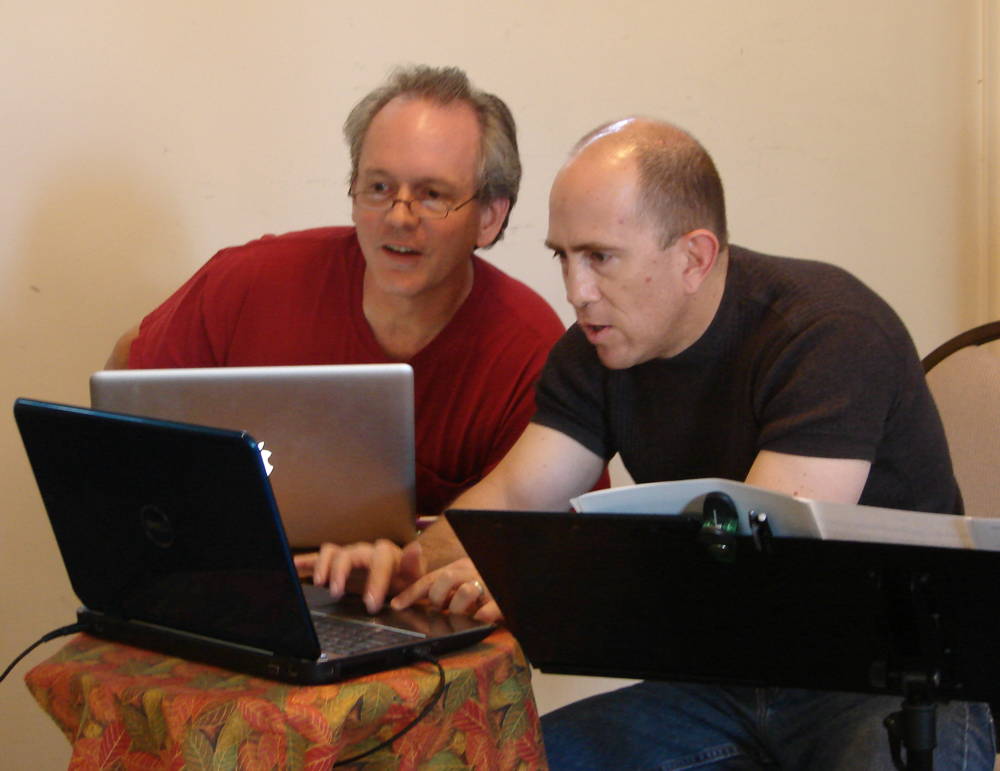
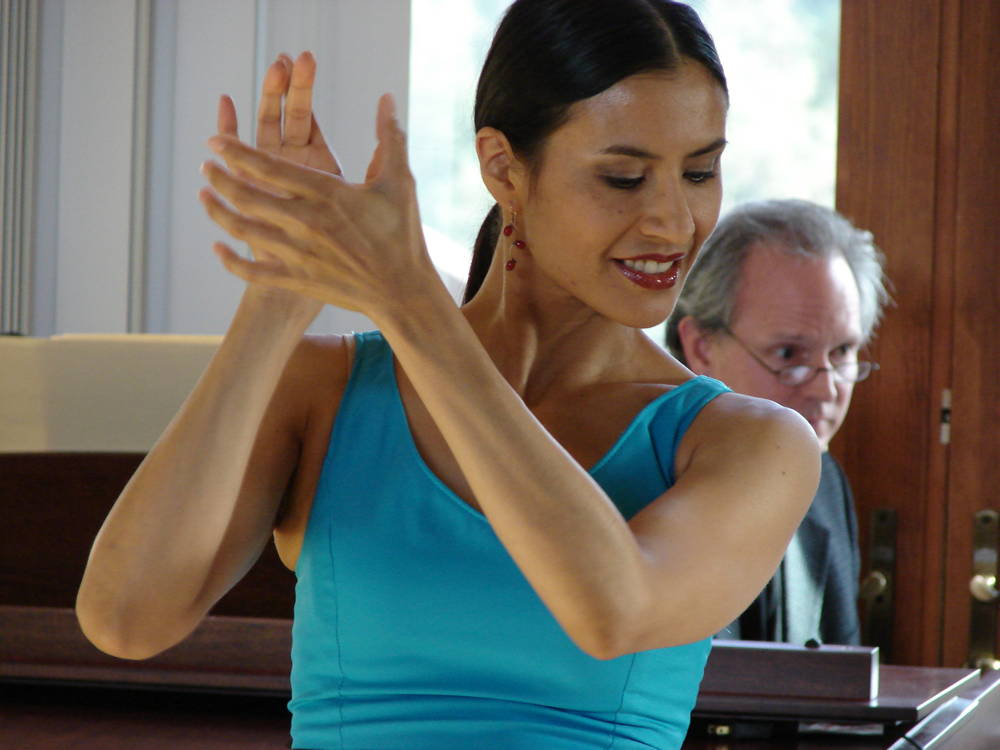
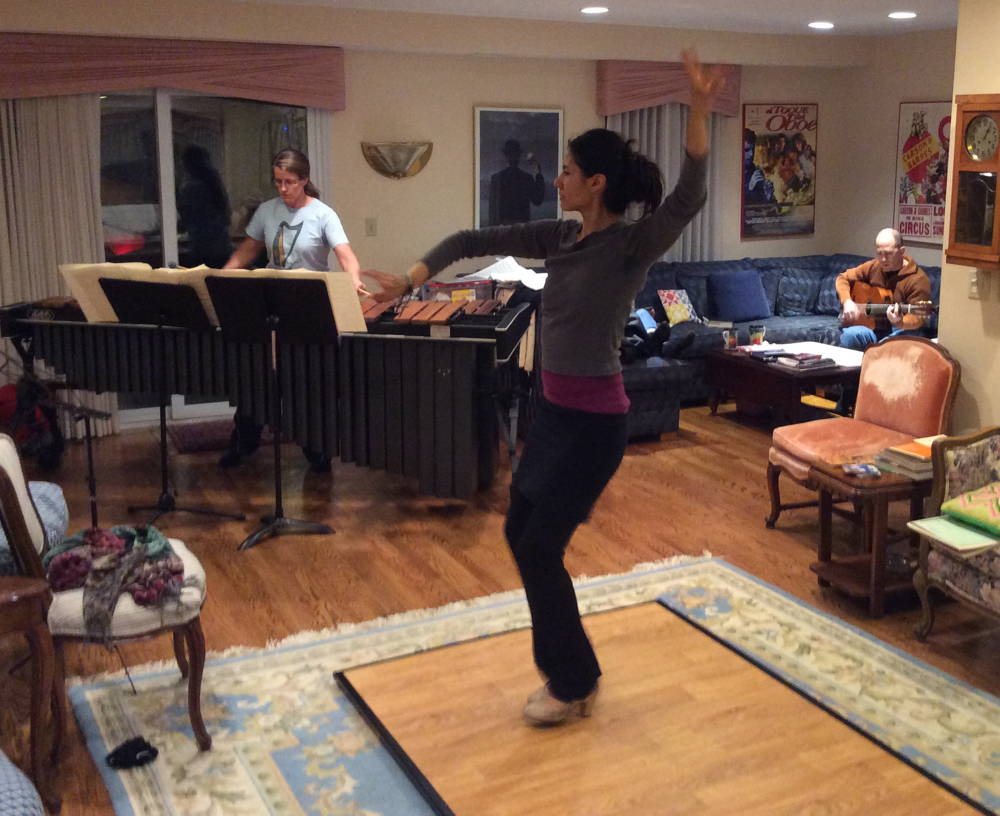
Impulso: Concerto for Marimba, Flamenco Guitar, and Dancer
“A unique synthesis of flamenco and concerto form. Virtuosic and sure to please.”
Dr. Leon Burke, Conductor
Next Performance: May 25, 2020 with Arizona Philharmonic.
The concept for Impulso: Concerto for Marimba, Flamenco Guitar, and Dancer has its origins in Maria Flurry’s interest in commissioning works that meld classical and world music. In the 2007 Chaparral MusicFest New Music Arizona Concert, she performed Canto de Alba, a concerto by Kenneth LaFave - the first of these commissioned pieces.
Through their work with the Chaparral MusicFest and the Arizona Commission on the Art Roster, Henry and Maria Flurry met Chris and Lena Burton-Jácome. Collaboration on Impulso started in 2012. The process was very grounded in the 21st century, since it included visits to each other’s cities, Skype conferences over the Internet, music scores shared over email, and many emails for communicating plans, ideas, and logistics. While Henry Flurry and Chris Burton-Jácome co-composed the music, Lena Jácome created the choreography, and all four artists were open to each other’s musical perceptions and ideas.
The resulting four-movement concerto clearly reflects the mixture of classical and flamenco traditions. Its arc is inspired by the Spanish gypsy culture and their vibrant art form that evolved under centuries of oppression.
Video of the full concerto is available upon request.
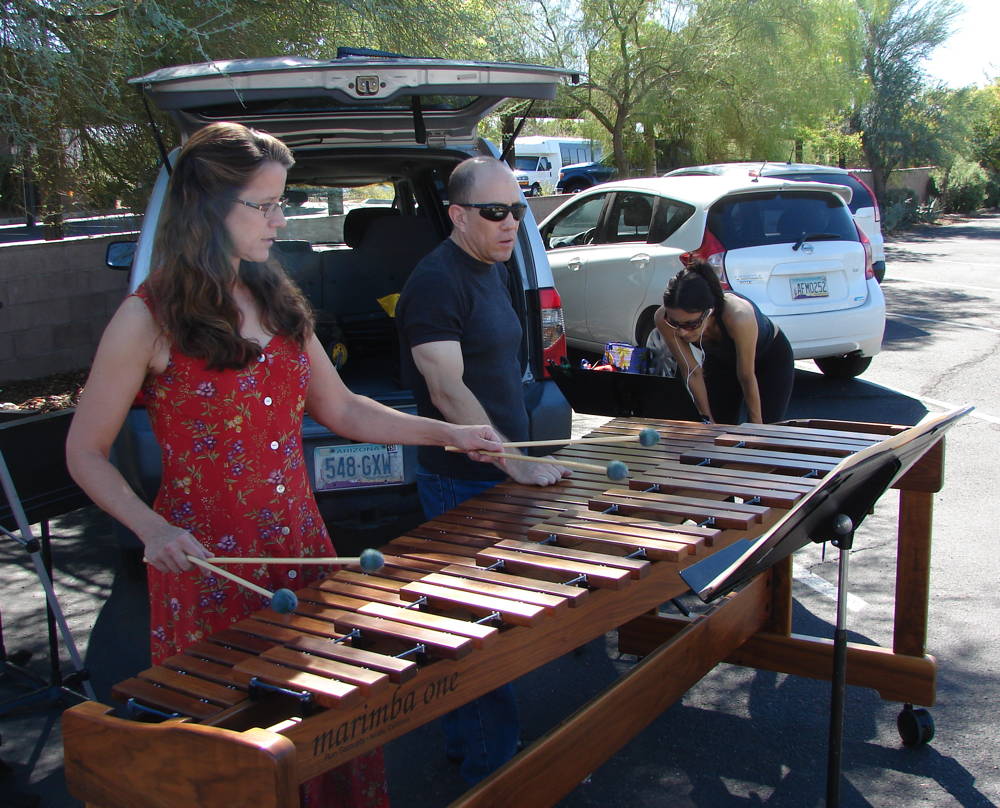
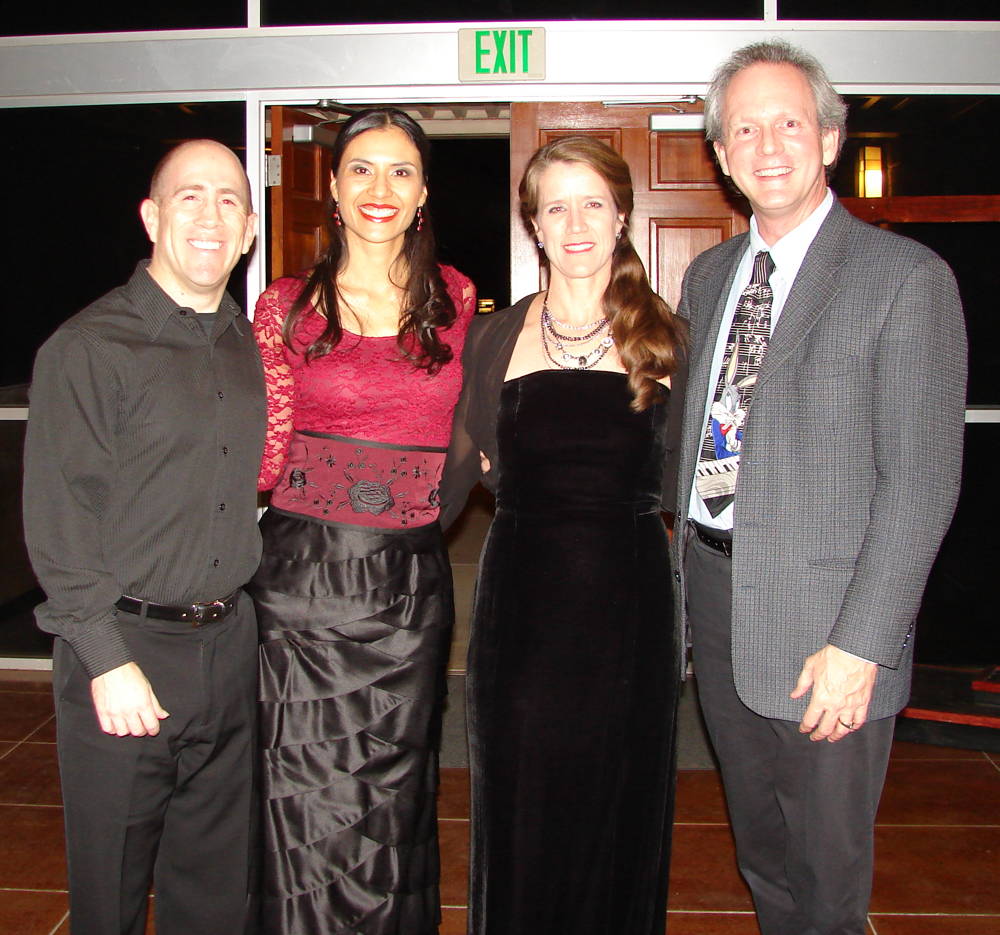
Movement 3, The Romance of Art, is a slow lyrical section with a Marimba cadenza inspired by flamenco’s familiar Spanish Phrygian harmonic cadence.
Movement 4, The Celebration of Art, is a flamenco Allegrias, literally translated as “happiness.” This movement follows a 12 beat compás with a shifting metric stress and features all the traditional Allegrias dance sections.
The virtuosic performances, unique musical styles, and tight energy among the three soloists grab the audience from the opening gestures and maintain an edge-of-the-seat hold until the climactic flamenco ending.
